As a child, Jim Conlin spent several weeks every summer on the Massachusetts family farm where his father had grown up. It was a world of “build and fix”; early on he knew the difference between a wood screw and a carriage bolt, and among his earliest memories is a large jar of fastenings. On the farm and at home, just outside Boston, he fixed bikes and built soapbox cars and model airplanes. There were no boats until, in the early 1950s when he was 12, his parents signed him up at the Community Boating facility on the banks of the Charles River in Boston. He could ride his bike to the center and sailed Mercuries, Fireflies, 110s, and Thistles. When he went off to college, he captained the sailing team.Through the ensuing years of adulthood, Jim was never far from the water. In his early 30s he and his wife bought a first-generation fiberglass Alberg 35, which they cruised on the Maine coast for 25 years before selling it in 2000. His daughter grew up sailing the sloop and was so attached to it that in recent years she and her partner found it and bought it back. It also inspired Jim’s first boatbuilding project: a stitch-and-glue pram to replace the old ’glass tender that had come with the Alberg. Early in his boatbuilding career Jim became enamored of small wooden canoes and built a Wee Lassie designed by Mac McCarthy. He was pleased with the outcome but quickly realized he was not built for such a small, tender vessel. Today the Wee Lassie hangs in a stairwell in Jim’s home.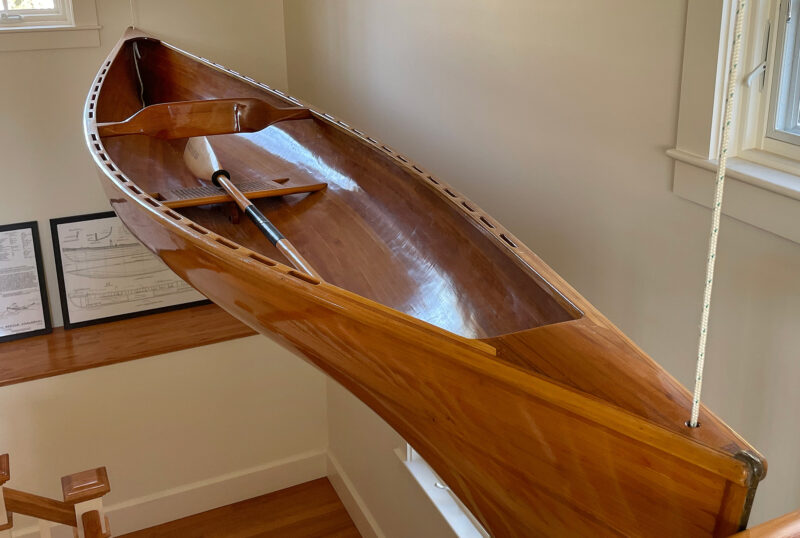 Jim Conlin
Jim Conlin
Join The Conversation
We welcome your comments about this article. If you’d like to include a photo or a video with your comment, please email the file or link.

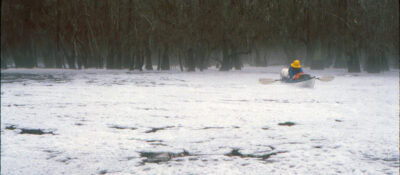
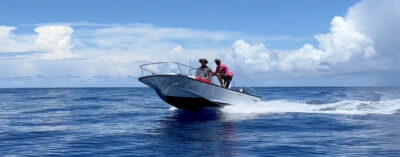
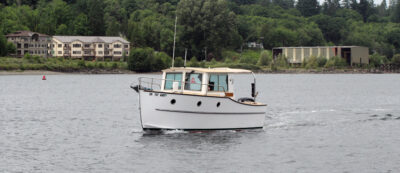
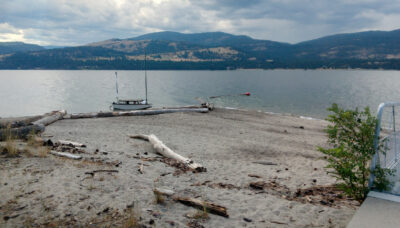

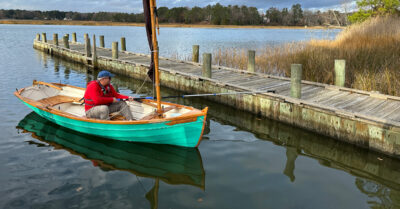
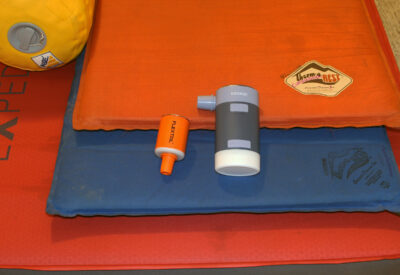

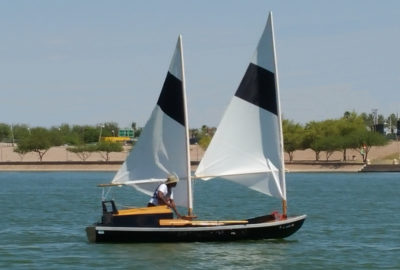
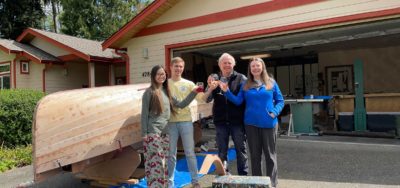

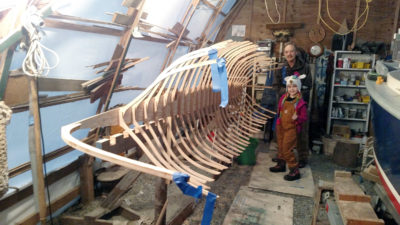
Gorgeous boat! Nice 🙂
I built two small boats in 1969, one a canoe/kayak with a fore and aft decks, large enough for two teenagers to paddle across a fairly large lake in Texas. The other was a small sloop.
Your vessels are clearly quite clean and beautiful.
Thank you for sharing.
I’ve had multiple opportunities to sail this boat with Jim. It really is “Some Perfect” boat for a nice day on Buzzard’s bay! Great short story about Jim, as well. Thanks Jenny!
Model Airplanes too. Sounds very similar to my growing up in Old England.
A few years ago I sold my beloved IF boat and felt like I should by now be thinking of a motorboat I headed in that direction. However I myself have always admired the White double enters and wish I had the time and skills to build one. Locally, a friend has the other White ( L.F. Herreshoff style) double ender but with a transom! I admire her immensely.
I have put much energy and time into my motorboat project. It has been very frustrating to say the least. After it nearly sank in 2021 due to Covid restrictions, dried out lands, and a failed battery I got it going wonderfully well in 2021 up to hull speed. Such are old clinker wooden boats I guess. Thanks for sharing your boat building adventures.
Where oh where is that Cape Split Peapod today?
It’s here in S. Dartmouth, MA. Needs a new home.